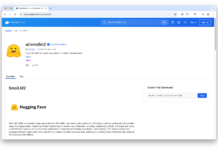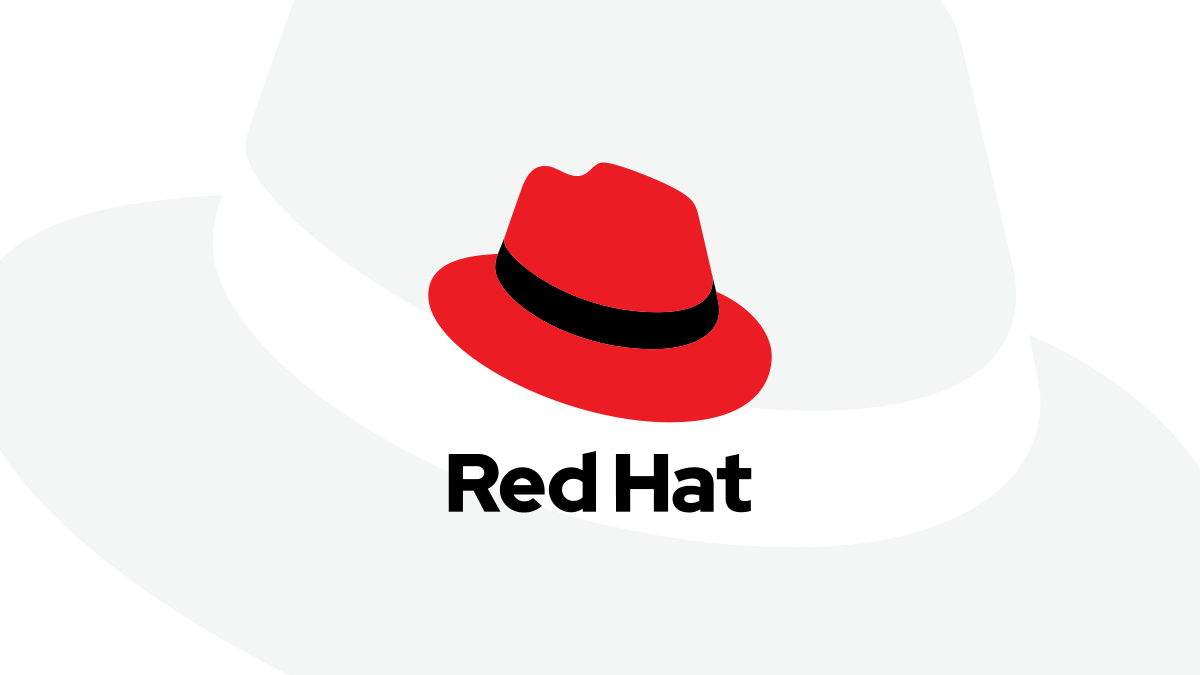Red Hat Unveils Red Hat Connectivity Link for Enhanced Application Connectivity
Red Hat, Inc., a leading name in open source solutions, has announced the launch of Red Hat Connectivity Link, a solution engineered to revolutionize the way applications and infrastructure are connected in hybrid multicloud environments. This groundbreaking tool is designed to streamline operations, enhance scalability across various settings, and bolster security and compliance management by employing the latest cloud-native standards.
A Unified Solution for Modern Connectivity
Red Hat Connectivity Link stands out as an all-in-one solution that integrates seamlessly into Kubernetes environments. It provides platform engineers and application developers with the tools they need to efficiently manage operations across different environments. By enhancing security and compliance management at various layers of infrastructure, it offers a comprehensive approach to handling complex connectivity challenges. The solution incorporates advanced traffic management and policy enforcement, along with role-based access control (RBAC), directly within Kubernetes. This integration simplifies the process of managing application connectivity across both single and multi-cluster Kubernetes environments, making it easier for developers to define, manage, and visualize connectivity configurations and policies.
Simplifying Complexity with a Unified Approach
As cloud-native architectures, containers, and Kubernetes become more prevalent, the number of applications, services, and endpoints has surged. This growth has also increased the complexity and challenges associated with configuring and managing connections between these components. Applications can now span across multiple Kubernetes clusters, data centers, and cloud providers. The advent of technologies like generative AI and edge deployments adds new layers of complexity and introduces fresh requirements for security and traffic management. As organizations deploy applications across on-premise environments and multiple clouds using both containers and virtual machines, managing application connectivity becomes a daunting task.
Traditionally, organizations had to rely on a multitude of tools for tasks such as API security, rate limiting, service mesh, and application networking. This reliance on multiple solutions required specialized skills and significant time investment to integrate these tools with each other and the existing Kubernetes environment. The result was often a cumbersome and error-prone process. Red Hat Connectivity Link addresses these challenges by offering a unified environment where both development and platform teams can manage connectivity through a single solution.
Built on Open Source Foundations
Red Hat Connectivity Link is based on the open-source Kuadrant project, which is designed to deliver a seamless experience for managing application traffic within Kubernetes environments. It utilizes the new Kubernetes-standard Gateway API and the widely adopted Envoy proxy technology, providing a cohesive functionality and management experience for both single and multi-cluster Kubernetes environments. Authentication policies, rate limiting, DNS configuration, and TLS management are all specified through Kubernetes objects, with operational data accessible via Kubernetes and customizable dashboards. This approach allows Red Hat Connectivity Link to tackle connectivity challenges with a single, integrated solution, avoiding the complexity of a layered, multi-product strategy.
Enhancing Red Hat OpenShift Environments
For users of Red Hat OpenShift, Red Hat Connectivity Link offers a more consistent and efficient connectivity management experience across all clusters. With compatibility for orchestrators like Istio and OpenShift Service Mesh, users gain greater flexibility in managing application connectivity across a wide array of Kubernetes environments. This enhanced compatibility ensures that organizations can maintain robust connectivity management practices while leveraging the full capabilities of their Kubernetes infrastructure.
Availability and Access
Red Hat Connectivity Link is now generally available to users. Organizations interested in learning more about this innovative solution or inquiring about its implementation can find further information on Red Hat’s official website.
Quotes from Industry Leaders
Sarwar Raza, Vice President and General Manager of the Application Developer Business Unit at Red Hat, emphasizes the significance of this launch: “Application connectivity, within and across distributed infrastructure environments, is fundamental to developing and scaling cloud-native workloads such as generative AI applications. Red Hat Connectivity Link is an integrated, unified solution that enables platform engineers and application developers to streamline operations, more efficiently scale across multiple environments and enhance security and compliance management across multiple layers of infrastructure using emerging cloud-native standards.”
Understanding the Technical Jargon
For those less familiar with the technical terms, Kubernetes is an open-source platform that helps manage containerized applications across different environments. Containers are lightweight, standalone, and executable software packages that include everything needed to run a piece of software, including code, runtime, system tools, and libraries. Kubernetes provides the framework to run these containers in a distributed way, handling the orchestration of computing, networking, and storage infrastructure.
Role-Based Access Control (RBAC) is a method of regulating access to computer or network resources based on the roles of individual users within an organization. In the context of Red Hat Connectivity Link, RBAC ensures that only authorized users can make changes to connectivity configurations and policies, enhancing security across the infrastructure.
The Gateway API is a set of resources that model service networking in Kubernetes. It is designed to evolve Kubernetes service networking through expressive interfaces that can be implemented by a variety of vendors and have broad industry support.
Good to Know: The Role of Red Hat in Open Source
Red Hat is renowned for its contributions to the open-source community, providing solutions that are both innovative and accessible. By building on open-source projects, Red Hat ensures that its solutions are flexible, scalable, and secure, meeting the diverse needs of organizations across various sectors. Red Hat’s commitment to open source allows it to continuously evolve its offerings, incorporating the latest technological advancements and industry standards.
Conclusion
The introduction of Red Hat Connectivity Link marks a significant step forward in simplifying application connectivity management in complex environments. By offering a cohesive, Kubernetes-native solution, Red Hat is empowering organizations to navigate the intricate landscape of modern IT infrastructure with greater ease and efficiency. As businesses continue to adopt cloud-native technologies and expand their operations across multiple platforms, tools like Red Hat Connectivity Link will become indispensable in ensuring seamless, secure, and efficient connectivity across diverse environments. For more details, interested parties can visit Red Hat’s official website to explore how this innovative solution can benefit their operations.
For more Information, Refer to this article.


































![Samsung’s Breakthrough Fuels Progress in Science and Industry: Interview How Samsung’s Engineering Feat Became a Catalyst for Scientific and Industry Advancement [Interview on Real Quantum Dots Part 2.]](https://www.hawkdive.com/media/samsung-tvs-and-displays-samsung-quantum-dots-technology-qled-tvs-quantum-dots-experts-interview-par-218x150.jpeg)